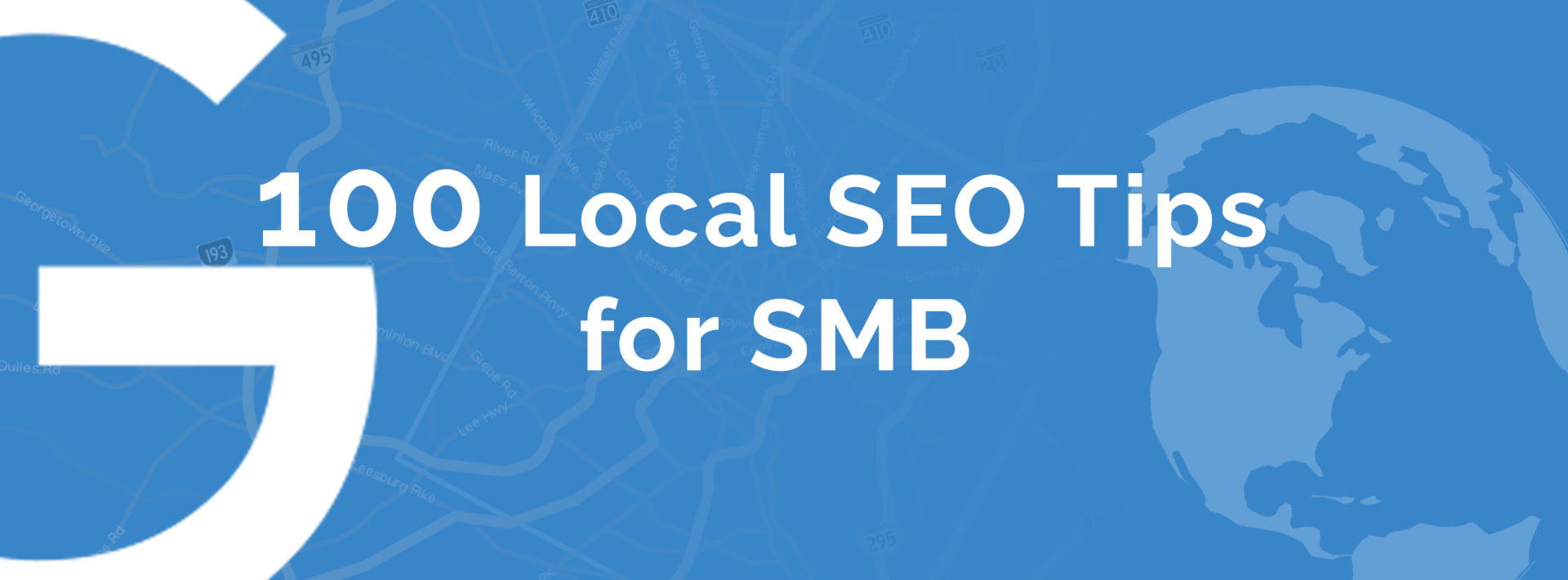[fusion_builder_container backgroundcolor=”” backgroundimage=”” backgroundrepeat=”no-repeat” backgroundposition=”left top” backgroundattachment=”scroll” bordersize=”0px” bordercolor=”” borderstyle=”” paddingtop=”0px” paddingbottom=”0px” paddingleft=”0px” paddingright=”0px” menu_anchor=”” class=”” id=””][fusion_builder_row][fusion_builder_column type=”1_1″ background_position=”left top” background_color=”” border_size=”” border_color=”” border_style=”solid” spacing=”yes” background_image=”” background_repeat=”no-repeat” padding=”” margin_top=”0px” margin_bottom=”0px” class=”” id=”” animation_type=”” animation_speed=”0.3″ animation_direction=”left” hide_on_mobile=”no” center_content=”no” min_height=”none”][fusion_title size=”1″ content_align=”left” style_type=”single solid” sep_color=”” class=”” id=””]XML Sitemaps or RSS / Atom Feeds? ‘Both!’ Says Google[/fusion_title][fusion_text]In a recent Webmaster Central blog post released on the 16th October, Google have said that for ‘best practice’, webmasters should submit both XML Sitemaps and RSS / Atom Feeds for search engines to index their sites.
An XML Sitemap is a complete list of all of the pages on your website and where they can be found. It explains to search engines the organisation of all of your content so that the search engine can index your site and lead visitors along the right path. It also contains meta data, such as the date it was last updated and also a suggested priority of indexing over other pages on the site.
An RSS or Atom Feed is much the same (they both use the same XML language), but it sends only updated information, not a full map.
While most search engine bots, such as Googlebot, constantly work their way through the World Wide Web, finding, analysing and indexing web pages, it always helps to give them a little helping hand by submitting a Sitemap for them to crawl. Of course, there is no guarantee that this will increase the priority of your site, but it doesn’t help, and so it is advised.
One way to do this is via Google Webmaster Tools, where, once you validate your site, you can then point Google to your XML Sitemap. This suggests to Googlebot to have a look through the sitemap to make sure all of your pages are indexed.
A Sitemap is usually generated by your content management system, but there are other ways to generate a Sitemap if necessary. You could use a plugin such as Yoast, or an online Sitemap generator such as www.xml-sitemaps.com [/fusion_text][/fusion_builder_column][fusion_builder_column type=”1_1″ background_position=”left top” background_color=”” border_size=”” border_color=”” border_style=”solid” spacing=”yes” background_image=”” background_repeat=”no-repeat” padding=”” margin_top=”0px” margin_bottom=”0px” class=”” id=”” animation_type=”” animation_speed=”0.3″ animation_direction=”left” hide_on_mobile=”no” center_content=”no” min_height=”none”][fusion_title size=”2″ content_align=”left” style_type=”single solid” sep_color=”” class=”” id=””]Why use Sitemaps?[/fusion_title][fusion_text]Generally speaking, if your website is new, pretty small (only a handful of pages), and contains not a great deal of information, a Sitemap is less necessary. With that being said, while it isn’t necessary, it does help the usability of your site for your audience, and the number 1 rule of web design and development is to create a site for the users, not the search engines.
It is necessary if you have a large website.
If you have a site that has been around for a while, or takes up a load of space, a Sitemap can help as content becomes disjointed and spread out.
If your site meets any of these criteria, it’s probably a good idea to look into sorting out a Sitemap:[/fusion_text][/fusion_builder_column][fusion_builder_column type=”1_1″ background_position=”left top” background_color=”” border_size=”” border_color=”” border_style=”solid” spacing=”yes” background_image=”” background_repeat=”no-repeat” padding=”” margin_top=”0px” margin_bottom=”0px” class=”” id=”” animation_type=”” animation_speed=”0.3″ animation_direction=”left” hide_on_mobile=”no” center_content=”no” min_height=”none”][fusion_checklist icon=”fa-play” iconcolor=”#1391db” circle=”no” circlecolor=”” size=”small” class=”” id=””][fusion_li_item icon=””]Maybe your site contains hundreds or thousands of pages with numerous sub-categories that can take time for Googlebot to crawl[/fusion_li_item][fusion_li_item icon=”fa-play”]Possibly you have archived posts which are not well-linked and are therefore difficult to find[/fusion_li_item][fusion_li_item icon=””]Maybe your site has only a handful or no external links, meaning that Googlebot can’t even find your site[/fusion_li_item][fusion_li_item icon=””]Your site includes rich media content, which Google can use when indexing[/fusion_li_item][fusion_li_item icon=””]Your site contains dynamic content[/fusion_li_item][/fusion_checklist][fusion_separator style_type=”none” top_margin=”25″ bottom_margin=”25″ sep_color=”” icon=”” width=”” class=”” id=””/][/fusion_builder_column][fusion_builder_column type=”1_2″ last=”no” class=”” id=””][fusion_text]Additionally, an HTML Sitemap could be another option if users are having difficults navigating your site.
An HTML Sitemap is essentially the same an an XML Sitemap, but just built to be human readable, so that users can find their way around pages without getting too lost.
An HTML Sitemap could just be a single page (or a footer) with a list of pages on a site, with links. Or it could be a more detailed table of pages, with categories, tags, date stamps etc. It depends on how much trouble your users are having as to how necessary it would be.[/fusion_text][/fusion_builder_column][fusion_builder_column type=”1_2″ last=”yes” class=”” id=””][fusion_imageframe lightbox=”no” style_type=”none” bordercolor=”” bordersize=”0px” stylecolor=”” align=”center” link=”” linktarget=”_self” animation_type=”0″ animation_direction=”down” animation_speed=”0.1″ class=”” id=””]  [/fusion_imageframe][/fusion_builder_column][fusion_builder_column type=”1_1″ background_position=”left top” background_color=”” border_size=”” border_color=”” border_style=”solid” spacing=”yes” background_image=”” background_repeat=”no-repeat” padding=”” margin_top=”0px” margin_bottom=”0px” class=”” id=”” animation_type=”” animation_speed=”0.3″ animation_direction=”left” hide_on_mobile=”no” center_content=”no” min_height=”none”][fusion_title size=”2″ content_align=”left” style_type=”single solid” sep_color=”” class=”” id=””]When to incorporate RSS or Atom Feeds[/fusion_title][fusion_text]An RSS feed, or an Atom feed is much like a Sitemap, but a little less heavy. An XML feed, which is essentially what these 2 protocols are, will publish only the updated information from a site, sending out the news headlines to RSS readers, with just a excerpt of information. This suggests to Google that a particular page has been updated or created on a particular site, and that it might want to think about just indexing this new information, if it feels like it.
[/fusion_imageframe][/fusion_builder_column][fusion_builder_column type=”1_1″ background_position=”left top” background_color=”” border_size=”” border_color=”” border_style=”solid” spacing=”yes” background_image=”” background_repeat=”no-repeat” padding=”” margin_top=”0px” margin_bottom=”0px” class=”” id=”” animation_type=”” animation_speed=”0.3″ animation_direction=”left” hide_on_mobile=”no” center_content=”no” min_height=”none”][fusion_title size=”2″ content_align=”left” style_type=”single solid” sep_color=”” class=”” id=””]When to incorporate RSS or Atom Feeds[/fusion_title][fusion_text]An RSS feed, or an Atom feed is much like a Sitemap, but a little less heavy. An XML feed, which is essentially what these 2 protocols are, will publish only the updated information from a site, sending out the news headlines to RSS readers, with just a excerpt of information. This suggests to Google that a particular page has been updated or created on a particular site, and that it might want to think about just indexing this new information, if it feels like it.
The RSS or Atom feed is a much less resource-heavy way for Googlebot to index information. as it is only looking at updated info, it doesn’t have to spend time going through a whole site to index a few more pages. It speeds up the process, not only helping you, but also allowing Google to allocate time to other pages for more detailed indexing.[/fusion_text][/fusion_builder_column][fusion_builder_column type=”1_1″ background_position=”left top” background_color=”” border_size=”” border_color=”” border_style=”solid” spacing=”yes” background_image=”” background_repeat=”no-repeat” padding=”” margin_top=”0px” margin_bottom=”0px” class=”” id=”” animation_type=”” animation_speed=”0.3″ animation_direction=”left” hide_on_mobile=”no” center_content=”no” min_height=”none”][fusion_title size=”3″ content_align=”left” style_type=”single solid” sep_color=”” class=”” id=””]How to set up RSS / Atom Feeds[/fusion_title][fusion_text]If you use a CMS like WordPress or Blogger, then you can simply use a plugin to do this for you. If not, however, you might want to look at one of the freely available programs out there on the WWW.
RSS builder is a good example of an open-source RSS creation program. It’s pretty straightforward to set up, following the numerous guides available on the internet.
Alternatively, you could create one yourself using a simple text editor and a bit of XML coding…
Not sure of you have a feed set up already? Type your url into an address bar and add /feed.
For example: www.seopie.co.uk/feed[/fusion_text][/fusion_builder_column][fusion_builder_column type=”1_1″ background_position=”left top” background_color=”” border_size=”” border_color=”” border_style=”solid” spacing=”yes” background_image=”” background_repeat=”no-repeat” padding=”” margin_top=”0px” margin_bottom=”0px” class=”” id=”” animation_type=”” animation_speed=”0.3″ animation_direction=”left” hide_on_mobile=”no” center_content=”no” min_height=”none”][fusion_title size=”3″ content_align=”left” style_type=”single solid” sep_color=”” class=”” id=””]What Matt Cutts Says…[/fusion_title][fusion_text][/fusion_text][/fusion_builder_column][fusion_builder_column type=”1_2″ last=”no” class=”” id=””][fusion_separator style_type=”none” top_margin=”25″ bottom_margin=”0″ sep_color=”” icon=”” width=”” class=”” id=””/][fusion_text]Find extra info here:
–https://support.google.com/webmasters/answer/156184?hl=en
–http://googlewebmastercentral.blogspot.com/2009/10/using-rssatom-feeds-to-discover-new.html
–http://en.wikipedia.org/wiki/Site_map[/fusion_text][/fusion_builder_column][fusion_builder_column type=”1_2″ last=”yes” class=”” id=””][fusion_separator style_type=”none” top_margin=”25″ bottom_margin=”0″ sep_color=”” icon=”” width=”” class=”” id=””/][fusion_text]
More SEO inforamtion and articles
[/fusion_text][/fusion_builder_column][/fusion_builder_row][/fusion_builder_container]




